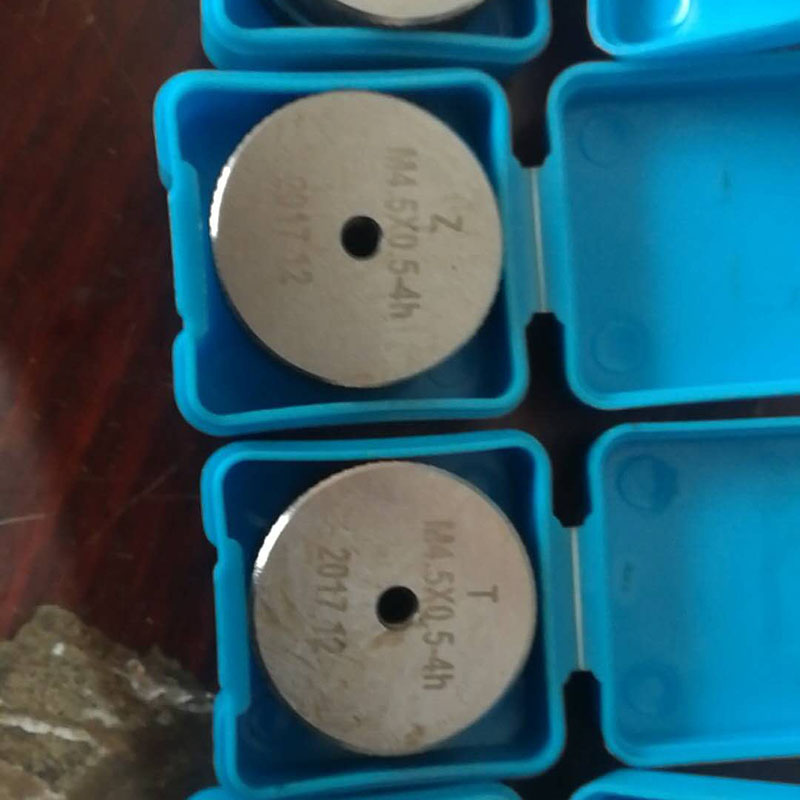Aug . 12, 2024 20:06 Back to list
Designing an Efficient Hydraulic Press System for Fabricating Truss Plates in Construction Applications
The Role of Hydraulic Press in Truss Plate Manufacturing
Hydraulic presses are indispensable tools in the manufacturing of truss plates, which are essential components in wooden trusses used widely in construction and engineering. These plates serve as connectors that hold the individual wooden pieces together, providing structural integrity and stability. As construction demands grow, the efficiency and precision provided by hydraulic presses become even more critical in the production of these vital components.
What is a Hydraulic Press?
A hydraulic press utilizes hydraulic power to perform various tasks such as molding, squeezing, and compressing materials. The operation of a hydraulic press is based on Pascal's principle, which states that when pressure is applied to a confined fluid, that pressure is transmitted undiminished to all areas of the fluid. This mechanism allows hydraulic presses to generate immense amounts of force with minimal input effort, making them ideal for tasks that require heavy-duty capabilities.
Manufacturing Truss Plates
In the production of truss plates, hydraulic presses are primarily used for stamping and forming operations. The process begins with raw materials, typically steel sheets, that are cut into specific shapes. The hydraulic press then takes over, applying pressure to these sheets to create the necessary indentations and holes that will allow for easy fastening to wooden members. This precise forming ensures that each plate fits accurately into the designed truss system.
The use of hydraulic presses enhances the consistency and uniformity of the truss plates produced. Traditional methods may lead to variations in dimensions due to manual handling or inadequate pressure application. However, with hydraulic technology, manufacturers can maintain strict tolerances, ensuring that every produced plate meets the required specifications. This is crucial in construction, where even minor discrepancies can lead to structural issues.
Advantages of Using Hydraulic Presses
1. Efficiency Hydraulic presses significantly speed up the manufacturing process. With the ability to perform multiple operations simultaneously, they reduce downtime and increase production rates.
hydraulic press for truss plates

3. Precision Modern hydraulic presses can be equipped with advanced control systems, ensuring accurate pressure application and consistent product quality.
4. Versatility Besides truss plates, hydraulic presses can be used for various applications, such as bending, punching, and forming, allowing manufacturers to diversify their production capabilities.
5. Automation Many hydraulic presses can be automated, further increasing productivity and reducing labor costs. Automation also reduces the likelihood of human error during the production process.
Challenges and Considerations
While hydraulic presses offer numerous advantages, manufacturers must also navigate challenges such as maintenance costs, potential hydraulic fluid leaks, and the need for skilled operators who understand the complexities of hydraulic systems. Regular maintenance is vital to ensure reliability and prolong the equipment's lifespan.
Conclusion
The integration of hydraulic presses in the manufacturing of truss plates marks a significant advancement in construction technology. By improving efficiency, precision, and versatility, hydraulic presses have become crucial in meeting the growing demands of the construction industry. As technology continues to evolve, the role of hydraulic presses is expected to expand, potentially incorporating even more innovative features that will further enhance their capabilities in producing reliable structural components. Ultimately, the hydraulic press not only simplifies the production process but also plays a pivotal role in ensuring the safety and durability of the structures that rely on trussed systems.
-
Water Valve Gate Design Prevents Leakage and CorrosionNewsJul.11,2025
-
Steel Fab Table Features Reinforced Construction for LongevityNewsJul.11,2025
-
Specialized Valve Designs for High Pressure SystemsNewsJul.11,2025
-
Machinist Gauge Pins Feature Ground and Lapped FinishesNewsJul.11,2025
-
Hose Check Valve Prevents Backflow in Irrigation LinesNewsJul.11,2025
-
Durable Micrometer Tools Withstand Heavy Workshop UseNewsJul.11,2025
Related PRODUCTS









